Debt Distress and the Right to Food in Africa
More than half of low-income countries are at risk of debt distress or have already defaulted. The debt crisis, while exacerbated by recent crises, has been looming for several years. According to the United Nations, 3.3 billion people now live in countries that spend more on interest repayments than on education or health, and in sub-Saharan Africa, governments are spending 53 percent of revenue on debt servicing.
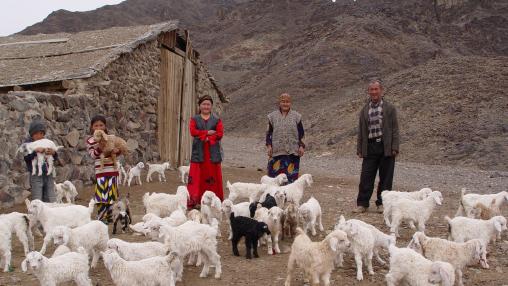
Integrating Climate-Smart Agriculture with Poverty Reduction and Food Security Goals
Food systems lie at the nexus of the world’s climate change adaptation, poverty reduction, and food and nutrition security goals. A poorly functioning or environmentally unsustainable food system can have severe negative consequences for all three factors, particularly for the poor populations who rely on agri-food systems for their livelihoods. In the OECD’s 2024 Development Co-operation Report, researchers in Chapter 21 examine how climate-smart agriculture technologies and practices can be better integrated to help bridge the gap between climate, poverty, and food security
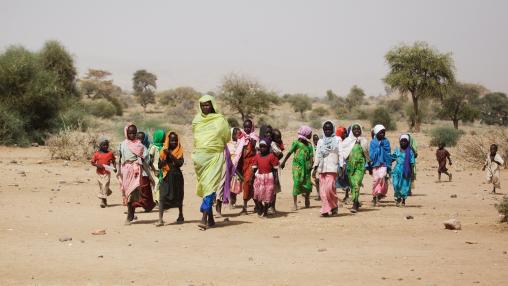
Sudan’s food crisis deepens as conflict intensifies
After 14 months of escalating internal conflict, Sudan is now confronting its most severe food security crisis on record. The latest Integrated Food Security Phase Classification (IPC) report, released June 27, reveals a grim picture: More than half the population is facing acute food insecurity, with a high risk of famine in multiple regions if immediate action is not taken.
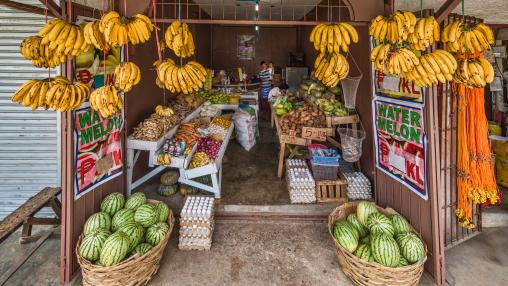
Transforming food systems for sustainable healthy diets: A global imperative
The impacts of our diets extend well beyond mealtime to affect our health and well-being. Unhealthy diets underpin many public health challenges, including all forms of malnutrition and diet-related noncommunicable diseases (NCDs). Many countries are facing a double burden of malnutrition—meaning that undernutrition and micronutrient deficiencies coexist with overweight and obesity, or diet-related NCDs. Unhealthy diets are the leading risk factor for NCDs, which are responsible for more than 73% of deaths globally.
Sudan at a Crossroads: Food Systems, Hunger, and Humanitarian Aid During Civil Conflict
In April 2023, Sudan descended into a violent civil war that has displaced more than 8 million people, destroyed critical infrastructure, and left half the country’s population in need of humanitarian assistance. More than one year later, the unresolved conflict threatens agricultural production, agroprocessing, and trade, exacerbating Sudan’s status as a failed state. Sudan’s trajectory is therefore relevant for the broader community of scholars and practitioners working to enhance food systems and food security in fragile states facing complex humanitarian emergencies.
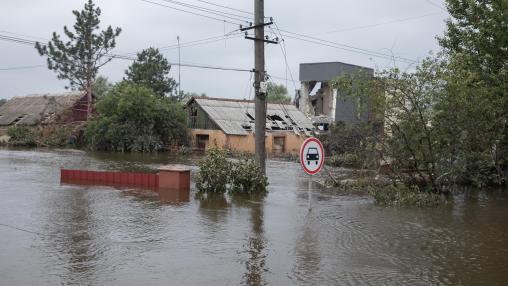
The war in Ukraine continues to undermine the food security of millions
The war in Ukraine continues to disrupt the country’s agrifood sector, posing an ongoing threat to food security. Damage to critical infrastructure is hindering agricultural activity and the transportation of essential food to local markets and to export destinations. This situation, together with destroyed livelihoods and high inflation, is hampering access to food for millions of Ukrainians.
More than 7 million Ukrainians face acute food insecurity
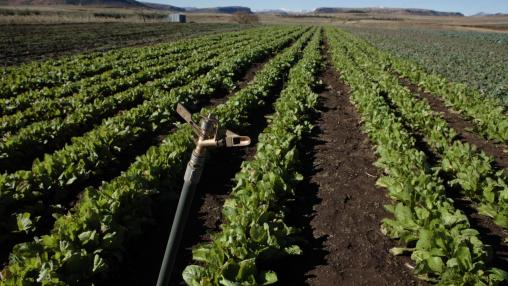
Ukraine and global agricultural markets two years later
Two years after Russia launched its full-scale invasion of Ukraine on February 24, 2022, the war continues to disrupt agricultural production and trade in Ukraine—one of the world's largest agricultural exporters—and poses an ongoing threat to global food security. Yet global commodity markets have adjusted to these disruptions, in part to due to increased exports by other suppliers, including Russia, easing the initial shock.
Navigating Sudan’s Conflict: Research Insights and Policy Implications
The conflict in Sudan has persisted since April 2023, with the violence intensifying in December 2023. As of February 2024, the crisis has displaced more than 7.8 million people internally, with an additional 1.7 million seeking refuge across borders. The violence has now spread into parts of central and eastern Sudan that were initially considered safe havens, resulting in more displacement, and further increasing pressure on states in eastern Sudan.
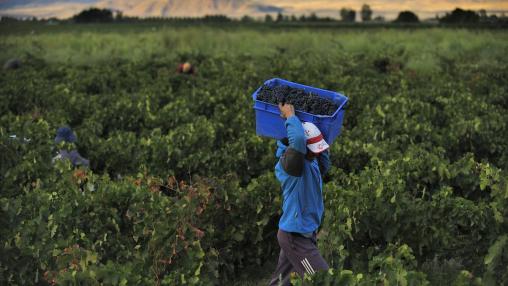
Promoting food security and environmental sustainability through trade policy in the Southern Cone
This blog is based on finding from the IFPRI discussion paper, From farm to table: Agrifood systems and trade challenges in the Southern Cone.
Introduction
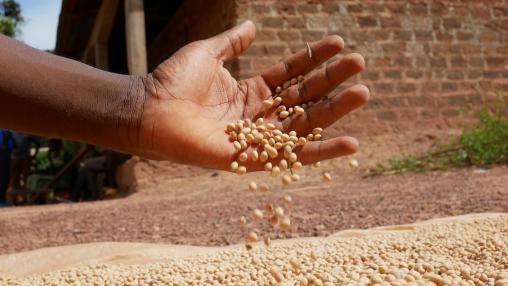
Food security trends in 2024 and beyond
In 2024 food security is likely to remain one of the critical challenges for the world to face. The World Bank has therefore included food and nutrition security among the eight global challenges to address at scale, and has mobilized $45 billion in resources to tackle issues and protect livelihoods worldwide — surpassing its initial projected commitment of $30 billion announced in May 2022.